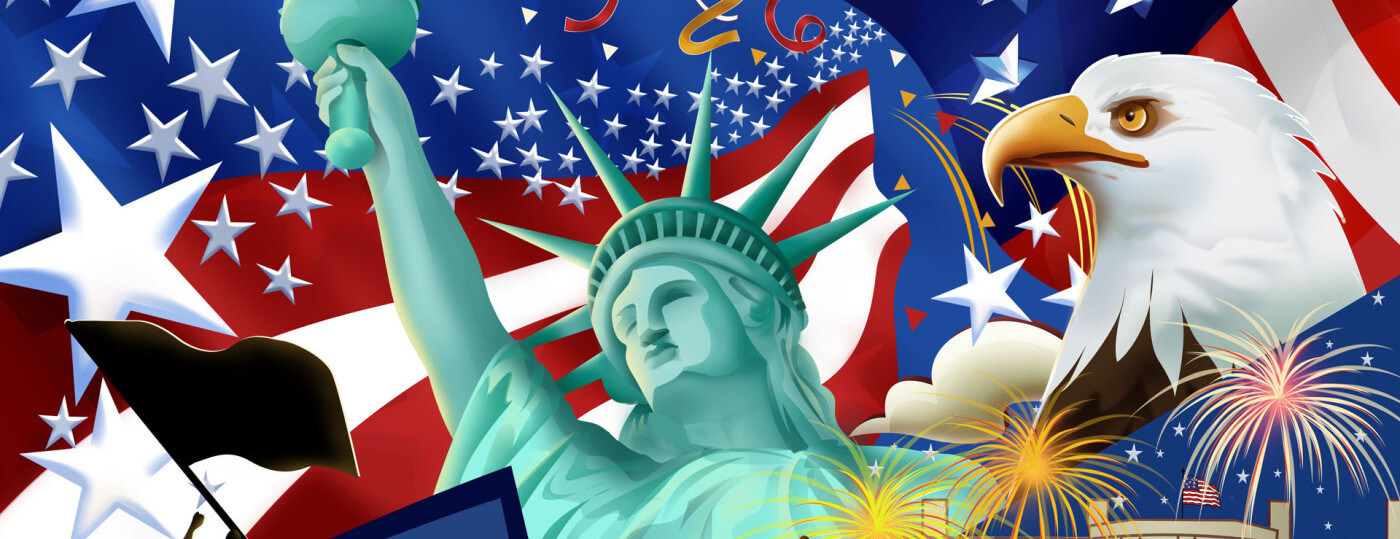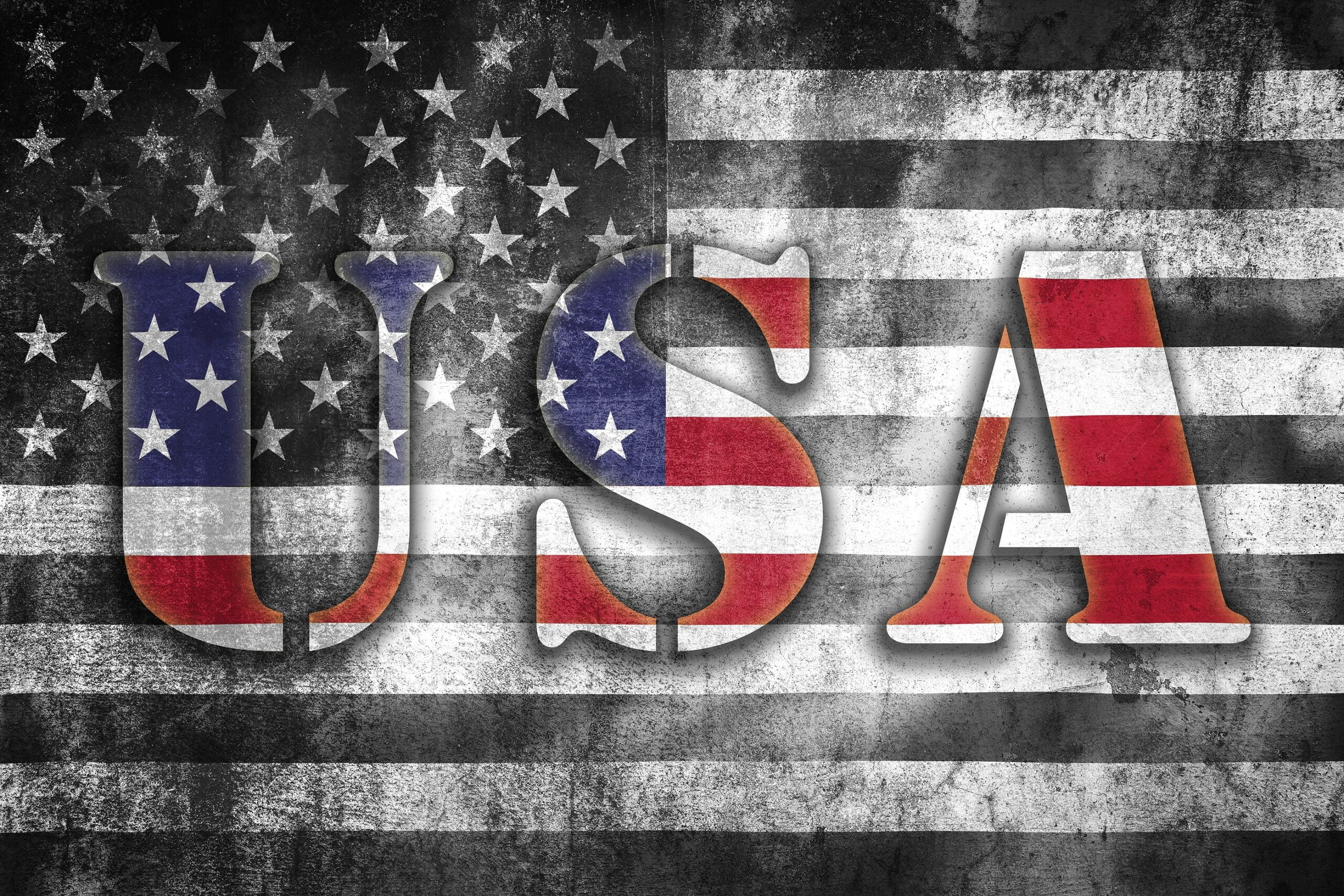American Car Brands Logos: A Deep Dive into Identity and Design cars.truckstrend.com
The roar of an engine, the gleam of chrome, the silhouette of a classic American muscle car – these images instantly conjure a sense of power, freedom, and innovation. But perhaps no single element encapsulates the essence of an American automobile brand more concisely and powerfully than its logo. More than just a pretty picture or a simple mark, American car brands logos are rich tapestries woven from history, ambition, and the very spirit of the nation. They are the visual shorthand for a company’s values, its heritage, and its promise to the consumer. Understanding these emblems is to understand a significant part of American industrial and cultural identity.
From the iconic Ford Blue Oval that symbolizes reliability and mass appeal to the sleek Tesla "T" representing a futuristic vision, each logo tells a story. This comprehensive guide will delve into the fascinating world of American car brand logos, exploring their evolution, design principles, symbolic meanings, and their crucial role in shaping consumer perception and brand loyalty.
American Car Brands Logos: A Deep Dive into Identity and Design
The Evolution of American Automotive Identity – A Historical Overview
The story of American car logos began simply, often with a company name or an initial. In the early 20th century, as the nascent automotive industry took shape, the focus was primarily on functionality and production. Henry Ford’s early vehicles bore little more than his stylized signature. As competition grew and brands sought to differentiate themselves, the need for unique, memorable identifiers became paramount.
The 1920s and 30s saw the emergence of more sophisticated emblems. Manufacturers began incorporating heraldic crests, animal mascots, and stylized typography that hinted at speed, luxury, or ruggedness. Cadillac adopted its elaborate crest, signifying European luxury, while Dodge’s early ram emblem hinted at strength. Post-World War II, the boom in consumer culture and the rise of advertising further cemented the logo’s importance. Designers began to experiment with color, dimension, and more abstract forms, reflecting the optimism and modernity of the era.
The latter half of the 20th century witnessed periods of both bold experimentation and conservative refinement. The 1960s and 70s brought more dynamic, often angular designs, mirroring the muscle car era. The 1980s and 90s saw a trend towards more corporate, polished looks, often with metallic finishes. In the 21st century, the digital age has ushered in a move towards simpler, flatter, and more adaptable designs, easily rendered across various digital platforms and physical applications, from vehicle grilles to smartphone screens. This continuous evolution reflects not only design trends but also shifts in consumer tastes, technological advancements, and the brands’ own strategic directions.
Decoding the Icons – Prominent American Car Brand Logos
Each American car brand logo is a carefully crafted symbol designed to communicate specific brand attributes. Let’s explore some of the most iconic:

-
Ford: The Blue Oval is arguably one of the most recognized logos globally. Introduced in its current form in 1927, the script "Ford" within a blue oval signifies trust, reliability, and global reach. The color blue often evokes stability and dependability, while the oval shape represents continuity and universality. Its longevity and consistent presence speak volumes about the brand’s enduring legacy.

Chevrolet: The Bowtie emblem, first appearing in 1913, is a subject of much debate regarding its origin, though the most popular theory attributes it to co-founder William C. Durant being inspired by a wallpaper design. Regardless of its genesis, the bowtie is synonymous with Chevrolet’s wide range of vehicles, from everyday commuters to powerful sports cars. It projects a sense of versatility, accessibility, and classic Americana.
-
Cadillac: The Crest of Cadillac has undergone numerous transformations since its inception in 1902, always maintaining an air of aristocratic luxury. Derived from the family crest of Antoine de la Mothe Cadillac, the founder of Detroit, it features a shield with various elements like ducks (mergansers) and a crown. While simplified over the years to a sleek, modern, wingless form, it consistently conveys prestige, sophistication, and cutting-edge design.
-
GMC: General Motors Truck Company, or GMC, utilizes a straightforward, bold red wordmark. This minimalist approach effectively communicates the brand’s core values: strength, utility, and professional-grade capability. The stark, confident lettering underscores its focus on trucks and SUVs, emphasizing robustness and reliability without needing complex symbolism.
-
Jeep: The Jeep logo is primarily a wordmark, often seen in conjunction with the iconic seven-slot grille that serves as a de facto brand symbol. The rugged, no-nonsense typography perfectly embodies the brand’s spirit of adventure, off-road capability, and freedom. The simplicity reflects the brand’s origins as a military vehicle and its enduring association with toughness and exploration.
-
Dodge: Historically known for its Ram’s Head logo, Dodge has more recently shifted to a simple, bold wordmark. While the Ram’s Head now exclusively adorns Ram trucks, the Dodge brand continues to represent performance, power, and a bold attitude. The shift to a wordmark allows for greater flexibility in branding while still evoking the aggressive, high-octane image Dodge cultivates.
-
Chrysler: The Winged Badge has been a recurring motif for Chrysler, signifying elegance, innovation, and a sense of forward motion. While the specific design has varied, the wings often evoke speed, luxury, and aspiration. In recent iterations, it has been refined to a sleeker, more aerodynamic form, reflecting the brand’s focus on premium design and technological advancement.
-
Tesla: The "T" logo of Tesla is a minimalist masterpiece that evokes both electricity and cutting-edge technology. Designer Franz von Holzhausen stated it represents the cross-section of an electric motor. Its sharp, modern lines perfectly align with Tesla’s disruptive image as a leader in electric vehicles and sustainable energy, symbolizing innovation, speed, and a futuristic vision.
-
Lincoln: The Lincoln Star or Cross emblem has long represented American luxury and refinement. Often presented in chrome, its clean, symmetrical design conveys sophistication, heritage, and understated elegance. It stands as a testament to Lincoln’s commitment to comfortable, premium driving experiences.
-
Buick: The Tri-Shield logo of Buick has roots in the Buick family crest and has evolved significantly. Each shield historically represented a model line. Today, the three shields in a diagonal arrangement symbolize quality, heritage, and the brand’s modern approach to luxury, often incorporating elegant chrome or metallic finishes.

Key Elements and Design Principles of American Car Logos
The effectiveness of a car logo lies in its underlying design principles:
- Symbolism: Many logos incorporate symbolic elements. Animals like the Ram (Dodge/Ram) or the galloping horse (Mustang, though a sub-brand of Ford) convey attributes like strength, speed, or wildness. Geometric shapes, crests, and historical references tie the brand to a specific heritage or desired image.
- Color Psychology: Color plays a vital role. Blue (Ford, Chevrolet) often signifies trust, reliability, and stability. Red (GMC, Dodge) conveys power, passion, and excitement. Silver or chrome finishes are universally associated with luxury, technology, and modernity. Black evokes sophistication and premium quality.
- Typography: The font choice is crucial. Bold, block letters (GMC, Jeep) communicate ruggedness and utility, while elegant scripts (early Ford) or refined serifs (Lincoln) suggest luxury and heritage. Custom fonts often give brands a unique, proprietary feel.
- Simplicity vs. Complexity: There’s a constant tension between intricate designs that convey heritage and simple forms that offer instant recognition and adaptability. The modern trend leans towards simplicity, making logos easily scalable and reproducible across diverse media, from physical badges to digital advertisements.
- Adaptability: A great logo must work across various applications. It needs to look good on a small key fob, a large grille, a website, or a billboard. This often means designing versions optimized for different contexts, such as 2D for digital use and 3D for physical badges.
The Importance of Logos in Brand Strategy and Consumer Perception
Logos are far more than mere decorative elements; they are cornerstones of a brand’s strategic identity:
- Instant Brand Recognition: A well-designed logo creates immediate recognition. You don’t need to read "Ford" to know it’s a Ford when you see the Blue Oval. This instant recall is invaluable in a crowded market.
- Emotional Connection: Logos evoke feelings and associations. The Jeep logo sparks thoughts of adventure, while Cadillac’s crest suggests prestige. These emotional connections can foster loyalty and aspiration among consumers.
- Market Positioning: Logos help differentiate brands and define their market position. A luxury car’s logo will look distinctly different from a rugged truck’s, signaling their respective target audiences and value propositions.
- Heritage and Innovation: Many American car brands boast rich histories. Their logos often balance nods to heritage with elements that suggest forward-thinking innovation, showing respect for the past while embracing the future.
- Navigating Challenges: Brands face the challenge of modernizing their logos without alienating loyal customers or losing their core identity. A poorly executed redesign can damage brand equity, making careful consideration and consumer research essential.
The Future of American Car Logos – Electric, Digital, and Beyond
The automotive industry is undergoing a monumental shift, primarily driven by electrification and digitalization, and car logos are evolving in response:
- Electrified Aesthetics: Many new EV concepts feature illuminated logos, making them stand out in the dark and emphasizing their electric nature. The sleek, often minimalist designs of EV brands like Tesla are influencing traditional manufacturers to simplify their own emblems.
- Digital Integration: As car dashboards become more screen-centric, logos must adapt to digital environments. Animated startup screens featuring the brand logo are becoming common, requiring logos that can move and interact dynamically.
- Sustainability Messaging: Some brands may subtly incorporate elements that suggest environmental consciousness or sustainability in their future logo designs, aligning with growing consumer values.
- Minimalism and Flat Design: The trend towards "flat design" – removing gradients, shadows, and 3D effects – continues to influence logo design, making them cleaner and more versatile for digital and print applications.
- Global Adaptation: As American brands expand into international markets, logos sometimes need to be adapted to ensure they resonate culturally and are not misinterpreted in different regions.
Practical Advice and Actionable Insights
For consumers, understanding car logos offers a deeper appreciation of automotive design and branding. When you see a logo, consider:
- What does it communicate? Does it suggest luxury, ruggedness, speed, or reliability?
- What colors are used and why? How do they make you feel?
- How has it evolved? Researching a logo’s history can reveal a brand’s journey and enduring values.
- Does it align with the vehicle’s purpose? A strong logo should perfectly complement the car it represents.
For brands, the message is clear: your logo is your most potent visual asset. Invest in its design, protect its integrity, and ensure it consistently reflects your brand’s evolving identity and aspirations.
Concluding Summary
American car brands logos are much more than simple identifiers; they are powerful symbols ingrained in the cultural fabric. They tell stories of innovation, heritage, and aspiration, evolving alongside the industry itself. From the early script signatures to today’s sleek, digitally optimized emblems, each logo represents a legacy and a promise. As the automotive world continues its rapid transformation, these iconic symbols will undoubtedly continue to adapt, reflecting new technologies, changing consumer values, and the enduring spirit of American ingenuity. They remain the silent, yet profoundly articulate, ambassadors of their brands.
Key Information & Logo Characteristics of Prominent American Car Brands
This table provides a snapshot of key information and the primary characteristics associated with the logos of prominent American car brands. Please note that "price" is not applicable to logos themselves, but rather the vehicles they represent.
| Brand | Founding Year | Parent Company | Primary Logo Characteristic | Key Associations / Symbolism | Current Status (as of 2024) |
|---|---|---|---|---|---|
| Ford | 1903 | Ford Motor Company | Blue Oval with script "Ford" | Reliability, global reach, mass appeal, dependability | Active |
| Chevrolet | 1911 | General Motors | Bowtie emblem | Versatility, classic Americana, accessibility, wide range | Active |
| Cadillac | 1902 | General Motors | Stylized Crest/Shield (modernized) | Luxury, prestige, sophistication, cutting-edge design | Active |
| GMC | 1911 | General Motors | Bold, red "GMC" wordmark | Strength, utility, professional-grade capability, ruggedness | Active |
| Jeep | 1941 | Stellantis (formerly FCA) | "Jeep" wordmark, often with 7-slot grille | Adventure, off-road capability, freedom, toughness | Active |
| Dodge | 1900 | Stellantis (formerly FCA) | Bold "DODGE" wordmark (historically Ram’s Head) | Performance, power, bold attitude, muscle cars | Active |
| Chrysler | 1925 | Stellantis (formerly FCA) | Winged badge (modernized) | Elegance, innovation, luxury, forward motion | Active |
| Tesla | 2003 | Tesla, Inc. | Stylized "T" | Electric, innovation, future, technology, speed | Active |
| Lincoln | 1917 | Ford Motor Company | Lincoln Star / Cross | American luxury, refinement, elegance, comfort | Active |
| Buick | 1903 | General Motors | Tri-Shield (modernized) | Heritage, quality, modern luxury, prestige | Active |
| Ram | 2010 | Stellantis (formerly FCA) | Ram’s Head (split from Dodge) | Strength, power, heavy-duty, truck-focused | Active |
Frequently Asked Questions (FAQ) about American Car Brands Logos
Q1: What is the oldest American car logo still in use today?
A1: While many logos have evolved significantly, the essence of the Ford script, which appeared early on, and the general concept of Cadillac’s crest (though heavily modernized) are among the longest-standing design inspirations. Chevrolet’s Bowtie also dates back to 1913.
Q2: Why do car logos change over time?
A2: Logos change for several reasons: to reflect evolving design trends (e.g., from 3D to flat design), to signify a new brand direction or strategy, to appeal to new generations or global markets, to simplify for digital integration, or to shed an outdated image.
Q3: Do electric cars have different logo trends compared to gasoline cars?
A3: Yes, electric vehicle (EV) brands often feature more minimalist, sleek, and futuristic logos. There’s a growing trend towards illuminated logos on EVs, emphasizing their electric power source and modern aesthetic. Traditional brands transitioning to EVs are also simplifying their existing logos to align with these trends.
Q4: What’s the most recognizable American car logo globally?
A4: The Ford Blue Oval is widely considered one of the most recognizable logos in the world, transcending automotive circles due to Ford’s global presence and long history. Chevrolet’s Bowtie is also highly recognizable, particularly in the Americas.
Q5: How do car logos influence purchasing decisions?
A5: Logos play a significant role by instantly conveying brand identity, values, and perceived quality. A strong, appealing logo can evoke trust, aspiration, or a sense of belonging, contributing to a positive brand image that can influence a consumer’s decision-making process, often subconsciously.

